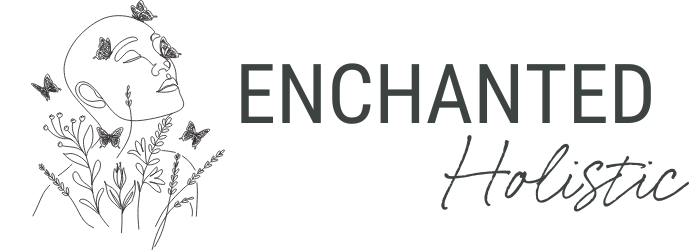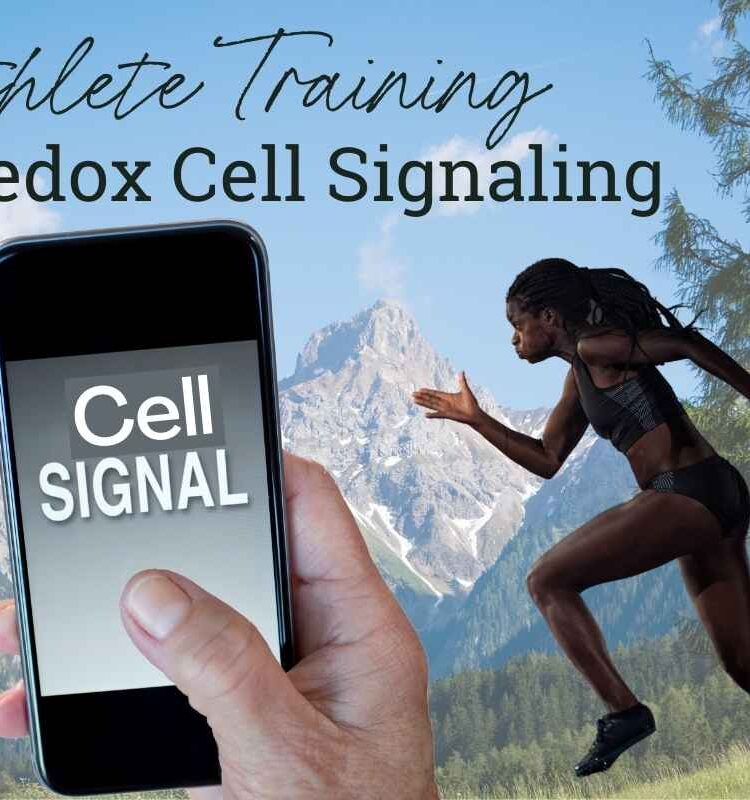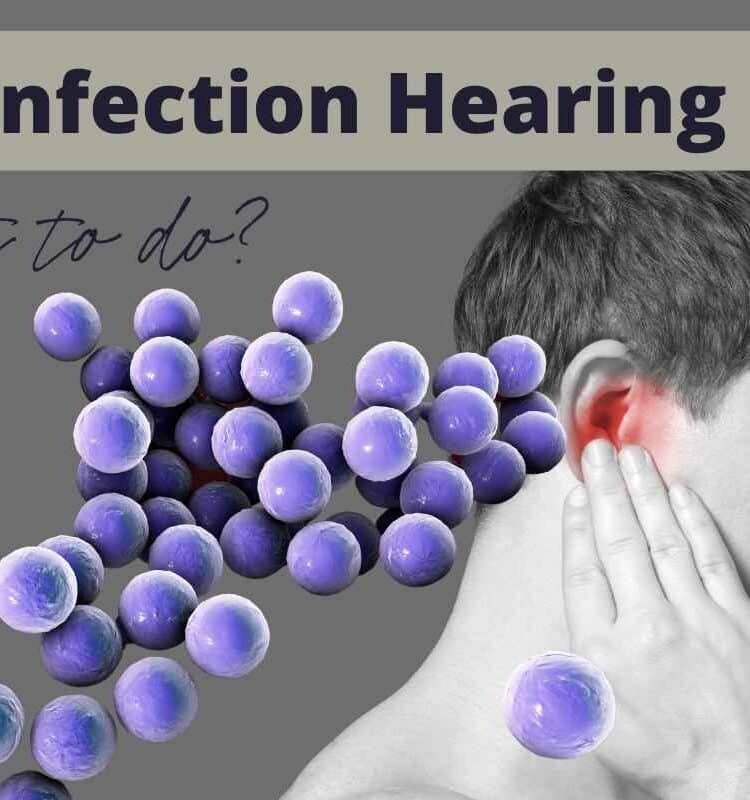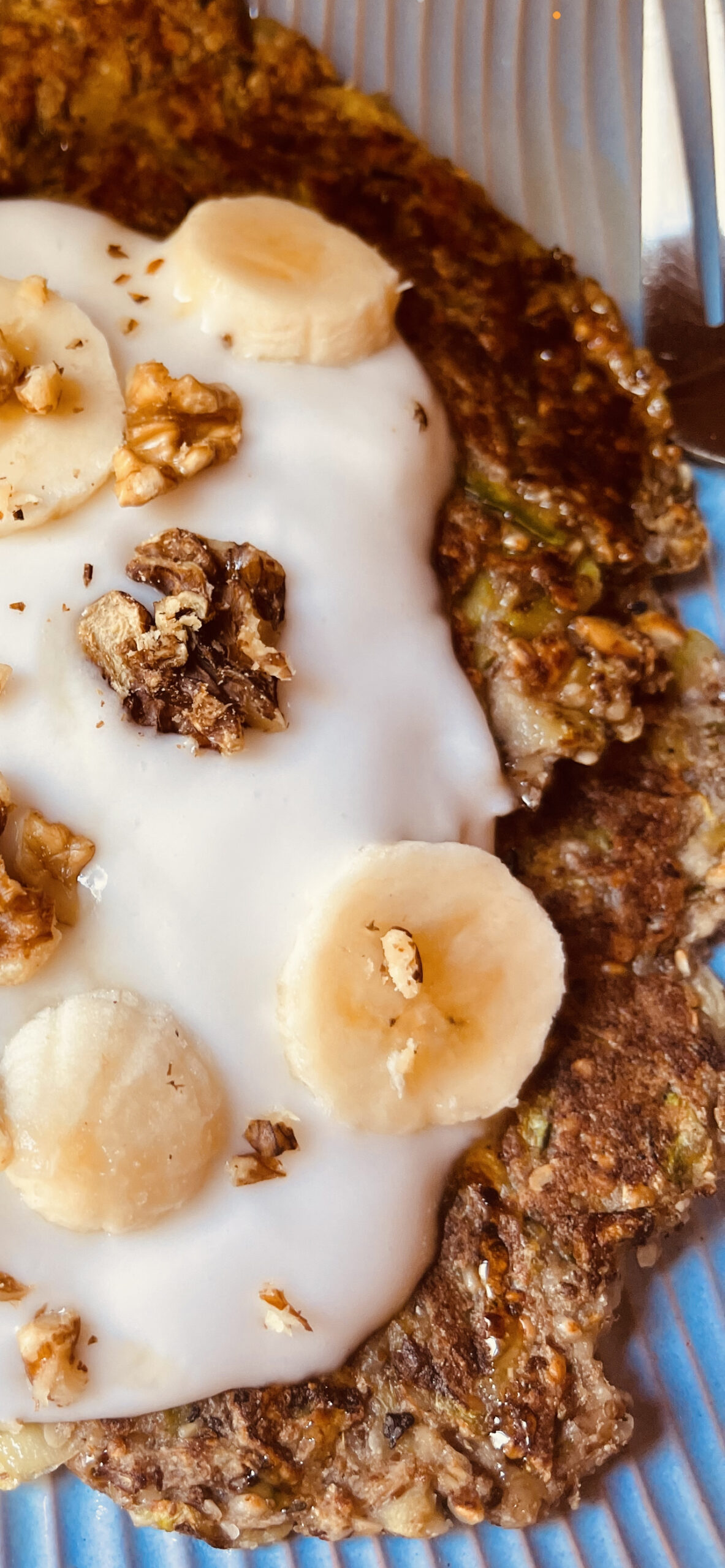
Infraspinatus pain does not always originate within the infraspinatus muscle itself and frozen shoulder does not always originate from a problem in the shoulder. Confused yet? Don’t worry, it will get easier to understand as we go.
In this article, I want to explain frozen shoulder and offer two solid solutions for your diagnosis, each are commonly overlooked, and each highly valuable to you if you’d like to get your mobility to return in a shorter time span than most experts will offer you, which is sadly 1-3 years.What is Frozen Shoulder?

Infraspinatus pain
As a Kinesiologist, I should be the first to know right? You’d think. And maybe I am one of the first to know.
The reason for frozen shoulder has been a mystery diagnosis FOREVER. I have worked on MANY frozen shoulders and yes, everyone I’ve worked on has improved, but not in the time frame that I’d like to see, if it were as clear cut as a simple trigger point release.
This condition is technically named adhesive capsulitis, or a thickening of the joint capsule due to the rigidity of the shoulder.
How did the shoulder become rigid?
The connective tissue is not always rigid. I REPEAT: very often the connective tissue is NOT RIGID.
The condition of adhesive capsulitis, or adhesions over the joint capsule, does not tend to heal on its own. I REPEAT, these adhesions are typically NOT self healing. So when 'an expert' tells you that your frozen shoulder will clear up on its own in 1-3 years, the 'expert' does not understand what causes frozen shoulder.
Please understand that YOU CAN HEAL QUICKER.
THE REAL ISSUE is usually coming from one of two conditions. Or both possibly.
First, trigger points are most often activated in the four shortened muscles (4 rotator cuff muscles). These four muscles will tug at the attachment points at the joint and this will cause extreme pain in the shoulder joint and lack of mobility and will often be misdiagnosed as frozen shoulder.
There are other muscles that can play a role in the lack of mobility of the shoulder joint, such as the 20 other muscles associated with the shoulder, SCALENES being one, but the four rotator cuff muscles would be the first options to consider.
I'm not saying the connective tissue at the shoulder joint cannot become rigid, but what I am saying, is that it is not always rigid, and the diagnosis handed out is not often actually frozen shoulder.
A second possibility for a frozen shoulder diagnosis is the shingles virus.
It is very likely that the condition of either misdiagnosed or actual frozen shoulder did not happen overnight and most frozen shoulder conditions are not a result of an inciting incident, or injury.
So, if we want to solve this issue naturally, meaning without cortisone shots or invasive surgery, then we need to look at muscular trigger points and reducing the viral load of the shingles virus for a solution.
What does infraspinatus pain have to do with frozen shoulder?

Infraspinatus pain is often localized to the infraspinatus muscle itself, but experiencing infraspinatus pain can also indicate why someone is having severe shoulder pain, which is often referred to as frozen shoulder.
Again, the adhesive capsulitus diagnosis is rarely a correct diagnosis. The true problem to frozen shoulder is most often trigger points.
Whether you have infraspinatus pain, or you have been diagnosed with frozen shoulder, then the four muscles that rotate the shoulder, all need to be released on a regular basis.
Addressing Trigger Points
As we discussed, the biggest offender of muscular trigger points for the condition of frozen shoulder is the infraspinatus muscle.
In order to better understand the assessment of frozen shoulder, the rotator cuff muscle trigger points need to be released. If the rotational stress is reduced by releasing the trigger points, then this is a good starting point.

How to release infraspinatus pain trigger points?
A ball and a wall. Put a racquetball in a tube sock (long sock) and roll the ball over the infraspinatus muscle trigger points. To know that you have found the trigger point with the ball, if is exquisitely painful, you have found one of the four trigger points. Find all four trigger points and roll them each out 2-3 times per day until rotational mobility begins to return.


Again, we cannot overlook the other three rotator cuff muscles.
The Supraspinatus, Teres Minor and Subscapularis also need to be addressed since these four muscles collectively packed up to protect the area, and became shortened as a result.
Use the same technique on the teres minor muscles with the ball and the wall.



The subscapularis and supraspinatus are trickier to address. I would recommend finding a massage therapist and telling them you would like all four rotator cuff muscles released plus the scalenes. And since you have been working on two of them yourself already, you’ll need to specifically ask for the subscapularis, supraspinatus, and scalenes release from the therapist.
Ask your therapist before booking the appointment if they know how to address these muscles. You would be surprised at how many certified massage therapists do not stay on top of remembering their anatomy.
An effective massage therapist will even know how to go beyond these five muscles and address the 19 others that can contribute to the condition called frozen shoulder. But start with these 5 muscles for at least a month, and see what happens.
Addressing the Shingles Virus
Here are some conditions caused by the variations of shingles virus (in combination with other specific toxins and poisons):
Colitis, burning nerve pain, frozen shoulder, sciatica, lower back pain, neck pain, migraines, TMJ, twitching, tingling, jaw pain, teeth grinding, teeth and gum pain, trigeminal neuralgia, diabetic neuropathy, diabetic nerve pain, aches and pains, shooting and sharp nerve pains, burning tongue, colitis, rashes, Bell’s palsy, many cases of Lyme disease, maddening itch, and more.
How to Address a Frozen Shoulder Caused by Shingles?


It's important to realize that shingles does not manifest in only the way you might think.
Yes, shingles can show up on the outside of the body as a blistery rash nuisance, but there are other variations that will affect the internal tissues.
In order to treat the MANY problems caused by the shingles virus, you will have to reduce the viral load and heavy metal load through your diet.
The reason the heavy metals need to be addressed is because the shingles virus feeds upon heavy metals. There are certain foods you’ll want to include that will shuttle the viruses and heavy metals out of the body. Simultaneously, there are certain foods you’ll want to avoid that the virus feeds on.
Antiviral and Heavy Metal Detoxing Foods to Include:
- Wild Blueberries
- Celery Juice
- Bananas
- Leafy Green Lettuces
- Potatoes
- Red skinned apples
- Spirulina
- Barley Grass Juice Powder
- Cilantro
- Atlantic Dulse
Antiviral Supplements and Herbs to include for Shingles:
- Vitamin C-Ester C or Micro C
- Licorice Root
- Mullein leaf
- Turmeric
- California Poppy Tea
- Nettle Leaf
- Spirulina
- Zinc Sulphate
- Cat’s Claw
- L-Lysine
- B-12-the one blended of Methylcobalalmin and Adenosylcobalamin
- Propolis
- Lemon Balm Tea
- Organic Eyebright Extract
Here's some healing herbs I can recommend
Organic Licorice Root Extract
Mullein Leaf
Turmeric Capsules
California Poppy Tea
Nettle Leaf Capsules
Spirulina
Cat's claw Extract
Quantum Super+ Lysine Immune System Tablets
Organic Eyebright Herb Extract
Stay Well Tea
Equinox Elderberry Syrup Plus w/propolis
Atlantic Dulse
Foods to avoid with Shingles:
- Dairy products
- Eggs
- Pork
- Canola Oil
- Corn
- Gluten
- Soy
Conclusion
When we are considering the mystery diagnosis of frozen shoulder and the associated infraspinatus pain that often accompanies this condition, we have to release the trigger points in the infraspinatus, supraspinatus, teres minor, subscapularis, and scalenes as a first line of reasoning for improvement.
If the condition is not greatly improved through rolling out these muscles with a ball, then the shingles virus is likely the culprit.
I hope this helps friends! Happy healing!
Sources: God, Holy Spirit, Claire Davies: The trigger Point Therapy Workbook, Frozen shoulder Workbook. Anthony Williams: Medical Medium Book 1 Revised and Expanded, Life Changing Foods, Podcast Archives: Healing Physical Injuries.





A very helpful post sis! Keep up the amazing work!
I am in gratitude for your feedback Hannah! Thank you for your loyal appreciation!
Great information that can help a multitude of people that are experiencing shoulder and tendon pain. Interesting how many things are what they are in life, but not as they seem. Kudos for this blog!
Thank you Nicholas! I do hope this helps someone who might have lost hope with a lengthy misdiagnosis.
This was so informative. I have found with my frozen shoulder Shannon working on the pressure points along with Physical Therapy has released 90% of my pain within six months. I came in unable to lift my shoulder at all and now I’m only about 3 inches from reaching the top of my head.
Thank you so much Cori for your support and appreciation of my work! I do recall the condition of both shoulders when we started working together. It’s great to see you so much better.